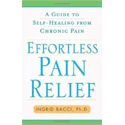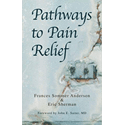Insecure Attachment From Childhood Linked to Somatic Symptoms

What is Somatization?
Creating a sense of safety and security within ourselves is important for our brain and nervous system to settle and relax, which helps to reduce somatic symptoms in the body. Research has found the opposite is true where insecure attachment is linked with increased somatization in adults. Somatization is basically medically unexplained somatic symptoms (MUSS).
What is Insecure Attachment
Insecure attachment occurs when one or both parents have neglected the needs of a child and a consistent, secure bond has not been formed between the parent and child. This can lead to child forming an insecure attachment style that stays with them as they age. The two insecure attachment styles are anxious and avoidant. You can learn more about them here.
What is the Relationship between Insecure Attachment and MUSS?
Both anxious and avoidant attachment styles have been linked with medically unexplained somatic symptoms later in life while secure attachment has been shown to have a protective effect against the development of MUSS. Here are two examples of studies showing the relationship between insecure attachment and MUSS, one for the anxious attachment and one for the avoidant attachment style.
What’s also interesting is that insecure attachment is linked with difficulties in emotional processing, which we know can be a driving contributor to MUSS. So these are two things (insecure attachment and emotional processing) we want to look at when addressing MUSS.






